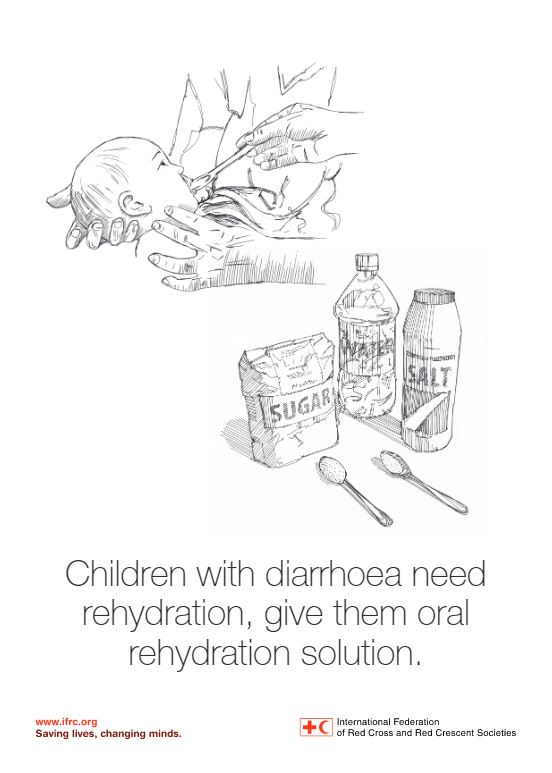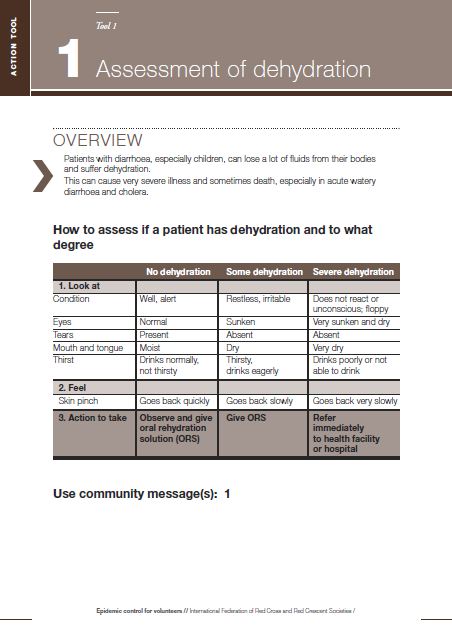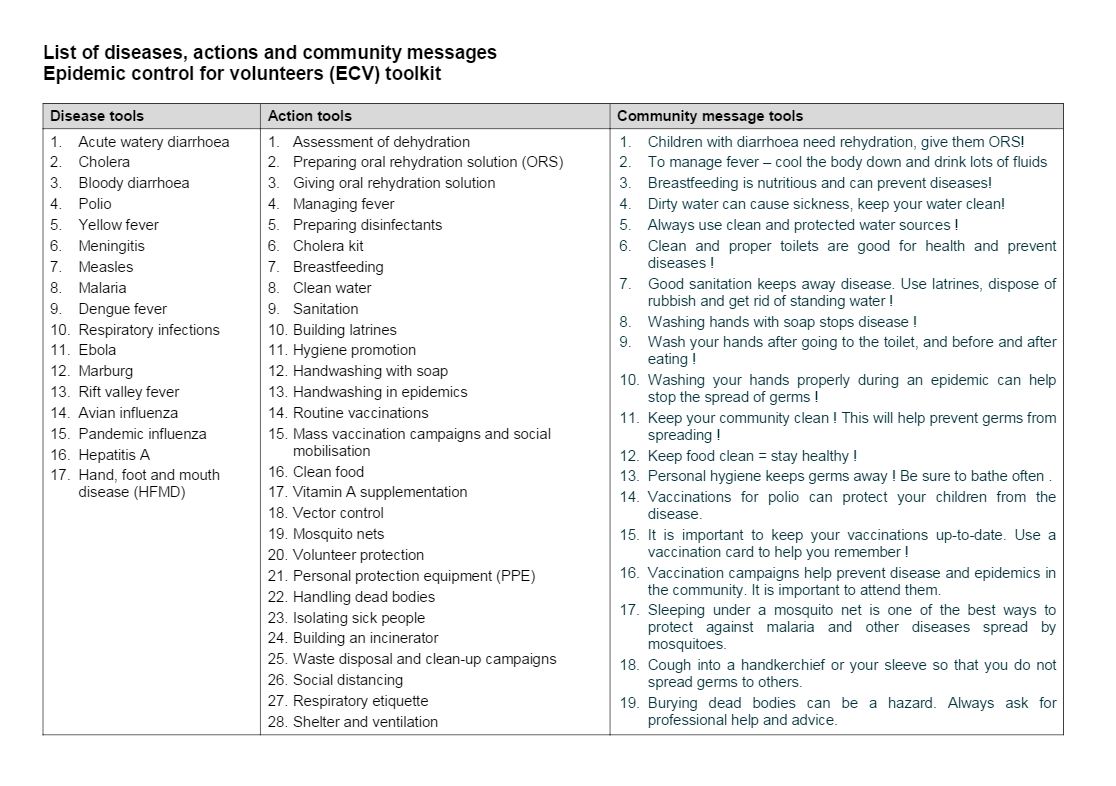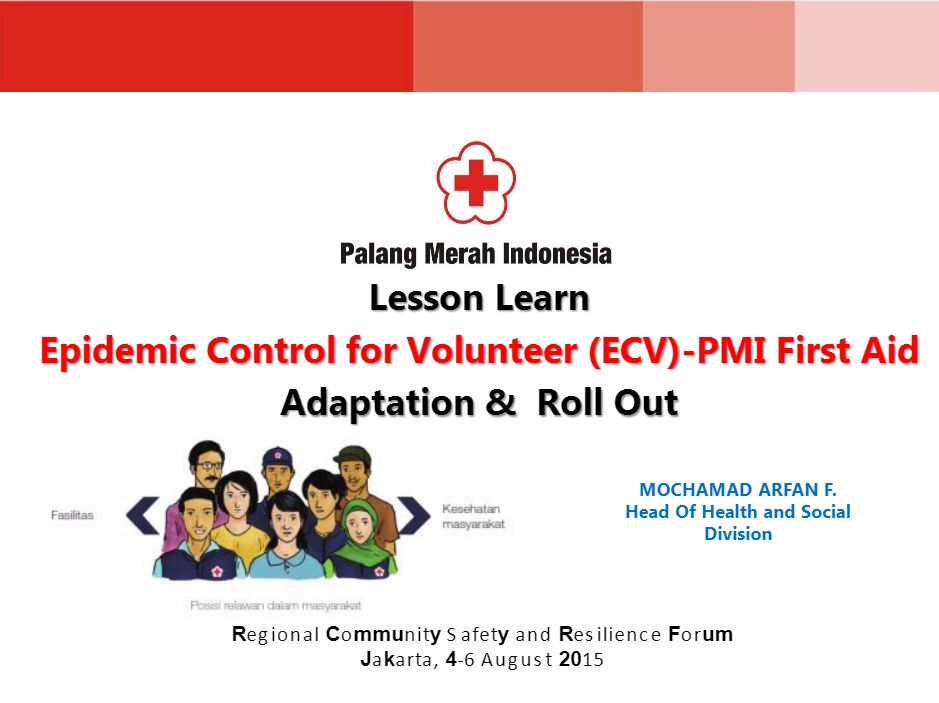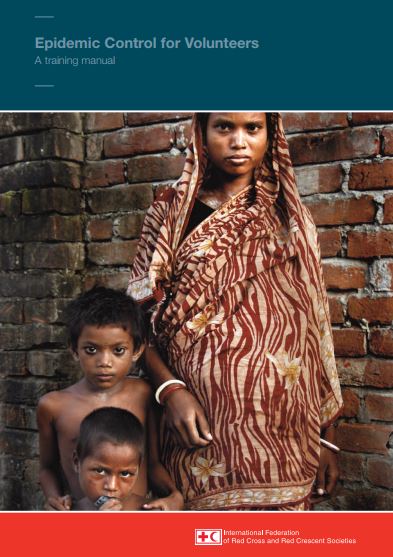The Ministry of Public Health reported in 2015 that there was high coverage of malaria and dengue fever outbreak in Lao PDR, in particular in the southern provinces of Lao PDR, among these, Champasak Province had the highest situation. In order to prevent the incidence of these diseases outbreak, Lao Red Cross has organized a training to build capacity for Lao Red Cross staff at district and provincial levels in epidemic control for them to transfer these knowledge and skills to communities in the areas under their responsibility.
This is the first roll out of CBHFA Mosquito-Borne Diseases and Vector Control and Epidemic Control for Volunteers in Lao PDR to provide and increase the capacity building of Red Cross health personnel working in four provinces located in the deep south of Lao PDR i.e. Sekong, Saravane, Attapeu and Champasak provinces. These four provinces are the risk-prone areas of dengue and malaria epidemics.
In the four key topics of ECV there were group-work discussion, “Zap that mosquito” game and role plays, health-education practices and community mappings using a community tool focusing on three diseases – Dengue and Zika, Diarrhea and Polio, which were highlighted and demonstrated to the participants. The results of True/False/Not Sure pre-test and post-test showed that the participants’ knowledge was significantly improved from 73% to 96% respectively.
There were 15 health personnel from the health divisions of four Red Cross provincial branches actively participating in this first roll-out training course. There were ten female and five male representatives from the four provinces. The theory and practical sessions were employed with ECV manual, epidemic’s response cycle, principle of epidemiology, community tools, action tools, and disease tools, in Lao language.
For the next step, Lao Red Cross is planning to organize the ECV training for community volunteers in Muang Pathoumphone District, Champasak Province, during 19-21 December 2016. There will be 20 community volunteers and 10 teachers participating in the ECV training in the district level. This initiative scale-up will be useful for the villagers and communities in preparing for community health preparedness and response to the epidemics and the outbreaks beforehand.
Especially, the community volunteers will be familiarized and conceptualized themselves with the ECV manual and disease tools, action tools, and community tools before the epidemics occur in their communities.
Copies of the Denue, Zika, and Chikungunya Toolkit can be downloaded from here:
Download:

